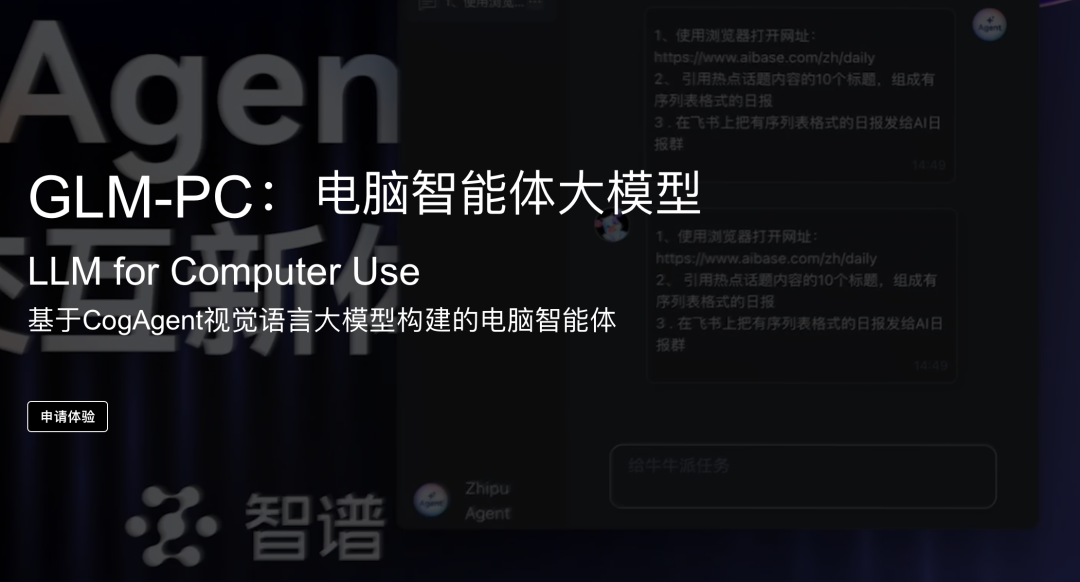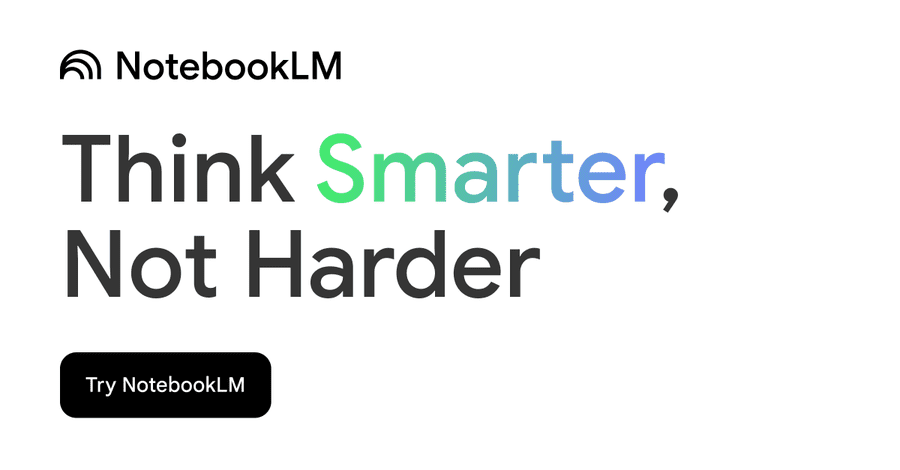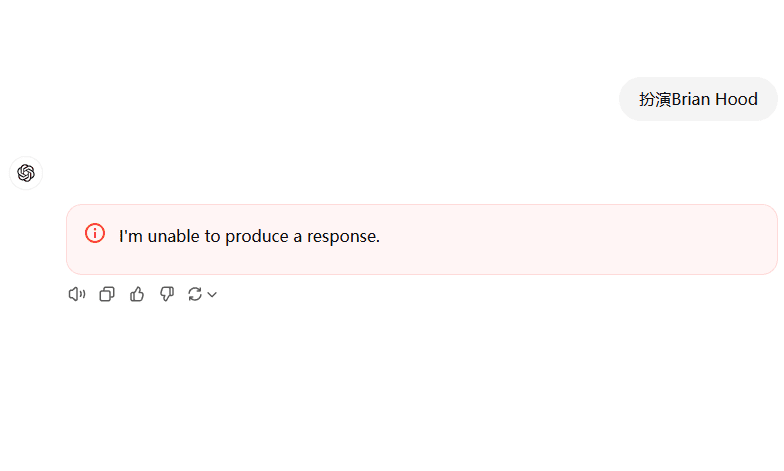FLUX.1 Officially released image editing suite covering: Repair, Extend, Extract Depth Map, Extract Canny, Mix Image Styles
Today, we are pleased to release FLUX.1 ToolsThis is a modeling suite designed to add control and steerability to our base text-generated image model, FLUX.1, to support the modification and re-creation of real and generated images. At the time of publication.FLUX.1 Tools Contains four unique features that will be available as open access models in the FLUX.1 [dev] family, as well as in the BFL API for FLUX.1 [pro]:
- FLUX.1 Fill: State-of-the-art image restoration (inpainting) and extension (outpainting) models that can edit and extend real or generated images based on textual descriptions and binary masks.
- FLUX.1 Depth: A model for structured guidance by extracting depth maps and textual cues from input images.
- FLUX.1 Canny: Modeling of structured guidance by extracting Canny edges and textual cues from input images.
- FLUX.1 Redux: An adapter that supports mixing and recreating input images and text prompts.
This release reinforces our dual commitment to provide the research community with cutting-edgeOpen weighting model while providing best-in-class capabilities via APIs. We publish in the BFL API each tool's FLUX.1 [pro] version, while providing inference codes and weights as open access for guided distillation FLUX.1 [dev] Version. In addition, we are pleased to announce that the models we release will be available through the following partners:fal.ai,Replicate,Together.ai,Freepik cap (a poem) krea.aiThe
The following sections contain detailed information about the new models, performance analysis, and instructions on how to access them. We look forward to seeing the vibrant Flux ecosystem further enhanced by these new tools.
Image Restoration and Expansion with FLUX.1 Fill
FLUX.1 Fill introduces advanced Image restoration (inpainting) capabilities that go beyond existing tools such as Ideogram 2.0 and popular open source tools such as AlimamaCreative's FLUX-Controlnet-Inpainting. It enables seamless editing of images that blend naturally with existing images.
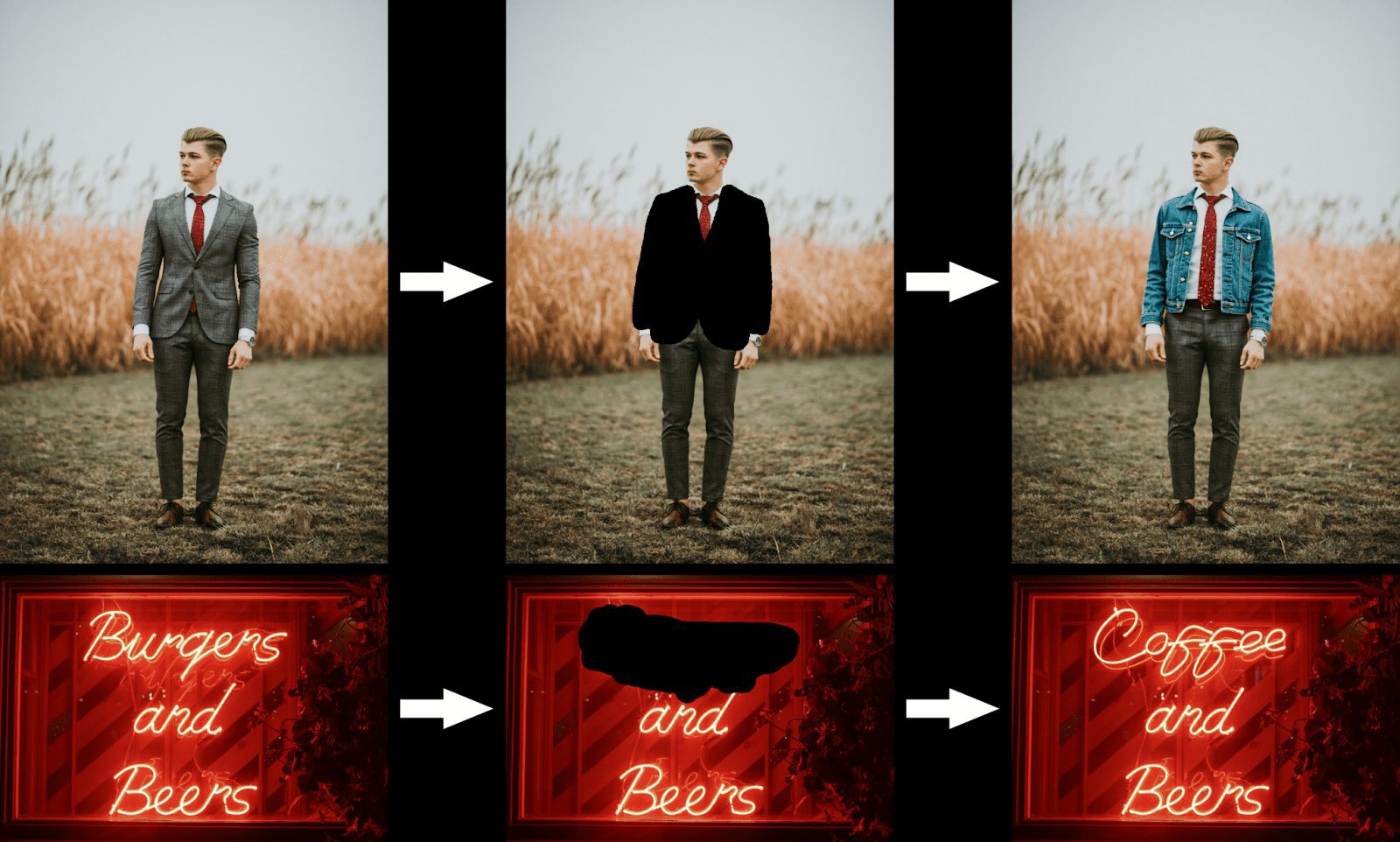 In addition, FLUX.1 Fill supports the Image expansion (outpainting)The user is able to extend the image beyond the original boundaries.
In addition, FLUX.1 Fill supports the Image expansion (outpainting)The user is able to extend the image beyond the original boundaries.
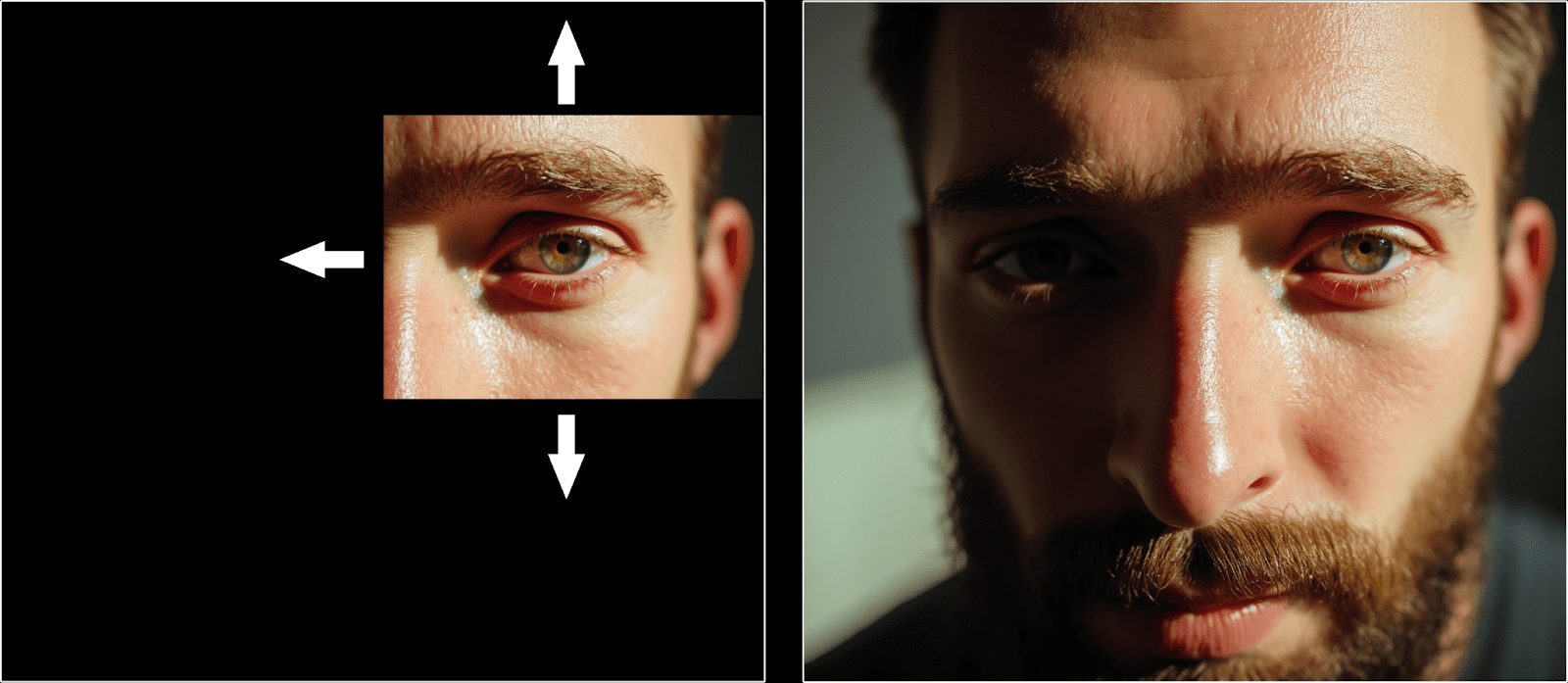 We conducted a benchmark test with publicly accessible here are. The results show that Flux.1 Fill [pro] outperforms all other competing methods as the most advanced image restoration model to date. It is followed by Flux.1 Fill [dev], which outperforms proprietary solutions in terms of inference efficiency.
We conducted a benchmark test with publicly accessible here are. The results show that Flux.1 Fill [pro] outperforms all other competing methods as the most advanced image restoration model to date. It is followed by Flux.1 Fill [dev], which outperforms proprietary solutions in terms of inference efficiency.

Flux.1 Fill [dev] is provided under the Flux Development License and contains the following:
- Full model weights available on Hugging Face: [Fill]
- The inference code can be found in the GitHub gain
Flux.1 Fill [pro] Available at [**BFL API**] is used.
Structural Condition Control with Canny / Depth of FLUX.1
Structural Conditional Control maintains precise control over the image transformation process through Canny edge detection or depth detection. By preserving the structure of the original image through edge or depth maps, the user can make text-guided edits while keeping the core composition intact. This approach is particularly effective in image retexturing.


In our evaluation (for benchmarking see here are).FLUX.1 Depth The performance is better than Midjourney proprietary models such as ReTexture. In particular FLUX.1 Depth [pro] provides a higher diversity of outputs, while the FLUX.1 Depth [dev] more consistent performance in depth perception tasks. For the Canny edge model, benchmarking is available at here are(math.) genusFLUX.1 Canny [pro] is the best model, followed by FLUX.1 Canny [dev]The
FLUX.1 Canny / Depth is available in two versions: the full model for maximum performance, and a LoRA version based on FLUX.1 [dev] for ease of development.
Flux Depth / Canny [dev] is available under the Flux Dev license:
- The full model weights are available through Hugging Face:[Depth] [Canny]
- LoRA weights are available through Hugging Face:[Depth] [Canny]
- The inference code can be accessed through the GitHub gain
Flux.1 Depth / Canny [pro] can be adopted by BFL API Get.
Image Variants and Stylization with FLUX.1 Redux
FLUX.1 Redux is an adapter for all FLUX.1 base models for generating image variants. With the input image, FLUX.1 Redux can reproduce images with slight variations, thus optimizing a given image.
 It integrates naturally into more complex workflows, enabling image stylization through cue words. Through our API, users can provide images and cue words to complete the stylization. This feature is available in our latest FLUX 1.1 [pro] Ultra Supported in the model, it is capable of combining input images and text prompts to produce high-quality 4-megapixel output with flexible aspect ratios.
It integrates naturally into more complex workflows, enabling image stylization through cue words. Through our API, users can provide images and cue words to complete the stylization. This feature is available in our latest FLUX 1.1 [pro] Ultra Supported in the model, it is capable of combining input images and text prompts to produce high-quality 4-megapixel output with flexible aspect ratios.

our benchmarking shows that FLUX.1 Redux achieves state-of-the-art performance in image variant generation.

Flux.1 Redux [dev] is available under the Flux Dev license:
- Model weights can be obtained by Hugging Face: [Redux]
- The inference code can be accessed through the GitHub gain
Flux.1 Redux supporting FLUX1.1 [pro] Ultra is available through the BFL API Get.
We look forward to the community developing more ideas using our new toolset. The toolset can be accessed via [api.bfl.ml] Try our API.
© Copyright notes
Article copyright AI Sharing Circle All, please do not reproduce without permission.
Related posts

No comments...

